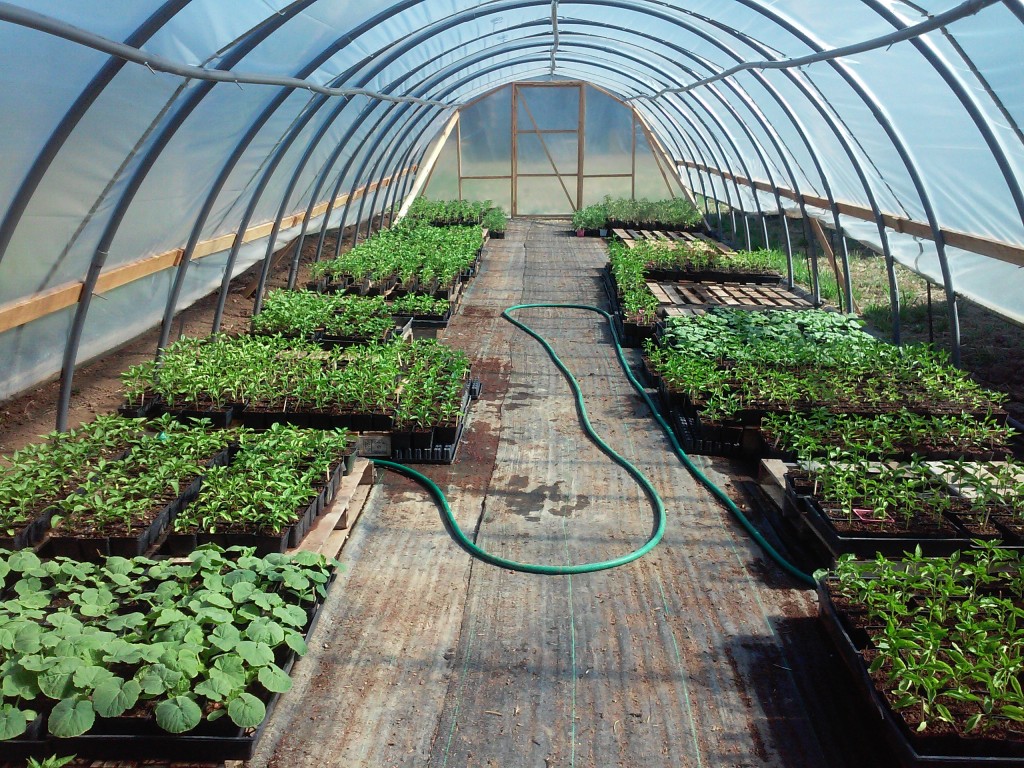Last Monday morning, I went strolling out to the vegetable field ready to get started with some weeding. About two weeks before, we had transplanted 15 rows of tomato seedlings into the field. I examined the tomato plants; small, green new growth was visible. It looked like the shock of transplant was in decline, and the tomatoes were putting on new growth. As I looked closer at the new planting, I was suddenly alarmed. The entire first row of tomatoes was severely damaged. Where a thriving baby tomato plant used to stand, all that was left was a chewed on stem. The leaves and small branches were gone. This dismal scene existed down the whole first row, and half of the second row. This damage had occurred in just two days. If it continued at this rate, we’d be out of tomato plants in a week. We burst into action. However, before we could mitigate the problem, we had a serious question to answer. What was eating the tomato plants? At first glance there were no obvious pests present. So the more detailed investigation began.
Our first guess was earwigs, which can eat tomatoes, and can inflict damage quickly. To check for earwigs, we put out 12 inch pieces of black plastic piping. In the night the earwigs will crawl into the tubes, and in early morning we checked to see if they were present. This test was unsuccessful; we didn’t find any earwigs. Next we checked for more mobile tomato pests, like grasshoppers and potato beetle. We installed a wide tape that is sticky, along the edge of the rows of tomatoes. This tape traps the pests with a sticky surface, as pests travel between plants. This also yielded no luck. We were even more confused. What was eating our tomatoes?
Our next guess was larger pests, like mice or hares. This would explain the rapid speed of damage. We mowed all tall patches of grass and weeds growing nearby the tomato field. Within a day or two, the damage stopped. What is the relation? We came to believe that is was field mice, hiding in the tall weeds, that had been munching on our tomato babies.
Luckily, we had grown extra tomato seedlings, so we still had lots more plants available in the greenhouse. Since nothing is secure in farming, it is always a good idea to hedge your bets. This can come in the form of diversified crops, or in this case, extra seedlings to replace the plants that we lost. We spent a few days this week re-planting tomato plants, and so far (knock on wood!), the damage has subsided.

 Follow
Follow

